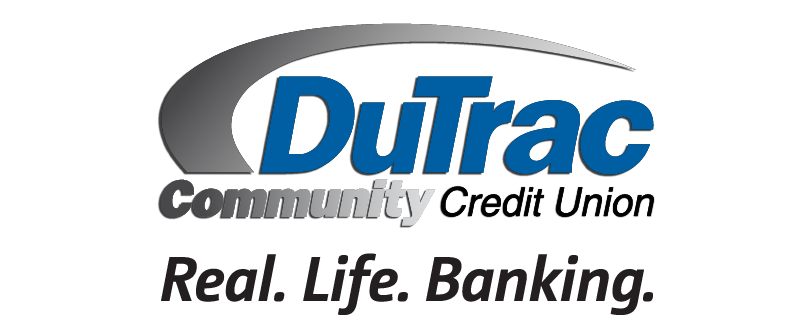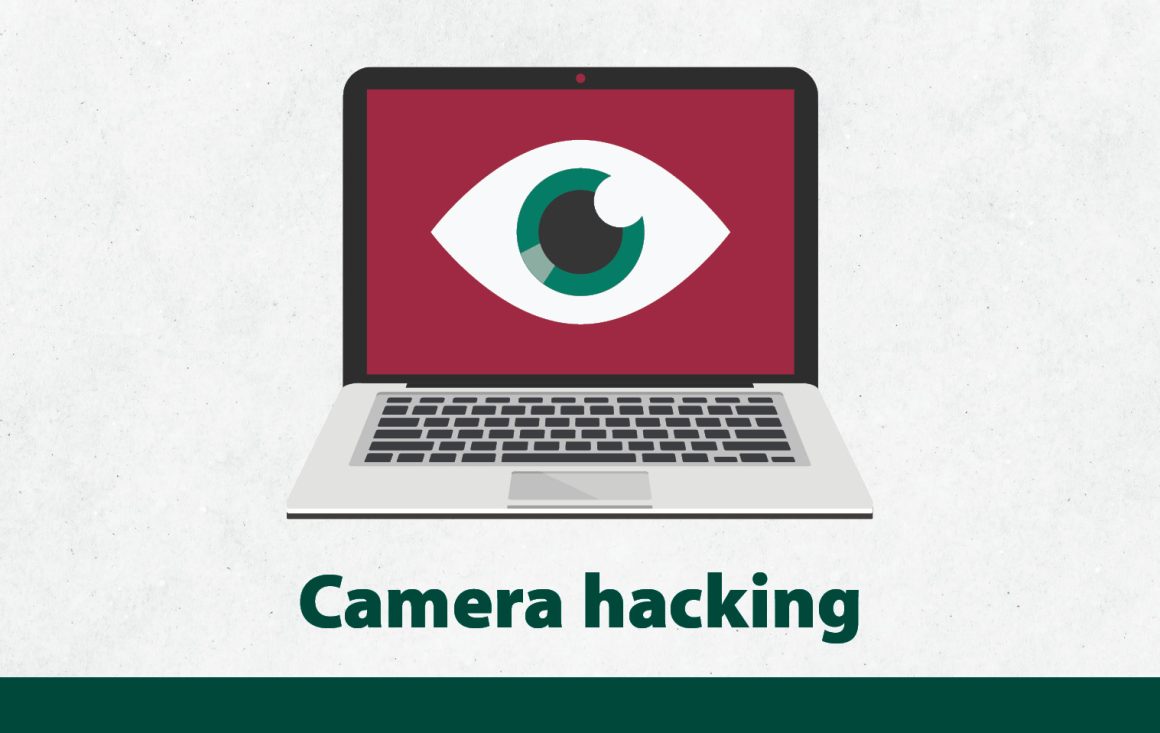It is easier and more common that you think. Any device you use that has a camera could be taken over: your computer, tablet, and smartphone are all at risk.
How do they gain access?
Webcams are an amplified risk because they can record video without users being aware. This is called webcam hacking or is also known as “camfecting.”
- Emails can contain malicious links and attachmentsthat have infectious code built in. Once their foot is in the door, even a mildly competent hacker could gain access to your webcam and information on your computer. The same is true for private messages you receive from people you don’t know on social media apps.
- Visiting malicious sites might lead to a hacked webcam. Hackers design the site to look like that of a popular website but inject malicious code to allow access to your computer. Links can be through email, text, or social media. All the hacker needs are for you to land on their site once. That’s enough to deliver the code that will open the back door and let them access your webcam and device.
- Remote PC Technician or webcam hacker? Giving someone remote access to your device can lead to webcam access. Scams involving criminals posing as help desk employees, like Microsoft, for example.
What to do?
- Use a webcam/camera cover (tape or paper works too). Stop by any DuTrac location to get one, while supplies last!
- Keep your device security up to date: Use a good firewall and antivirus software.
- DO NOT open attachments or links you do not trust.
- Secure your Wi-Fi network to avoid unwanted access to your network, devices, and cameras by strangers. Use strong passwords
- Avoid chatting with strangers
- Use a VPN to secure your IP address.
If you feel you may have been the victim of fraud, don’t hesitate to contact our Fraud Specialist at fraud@dutrac.org or visit any DuTrac location.

